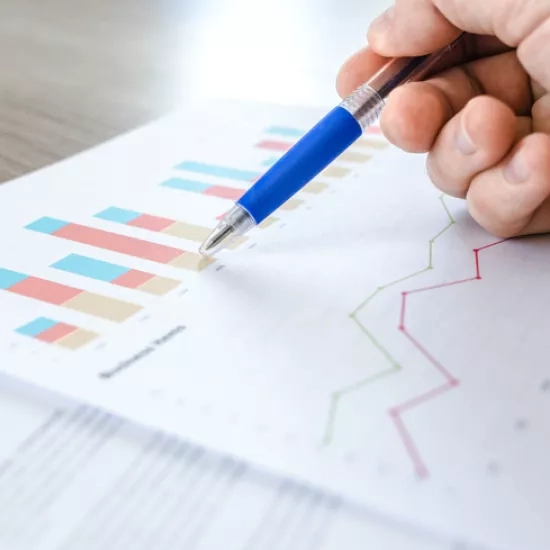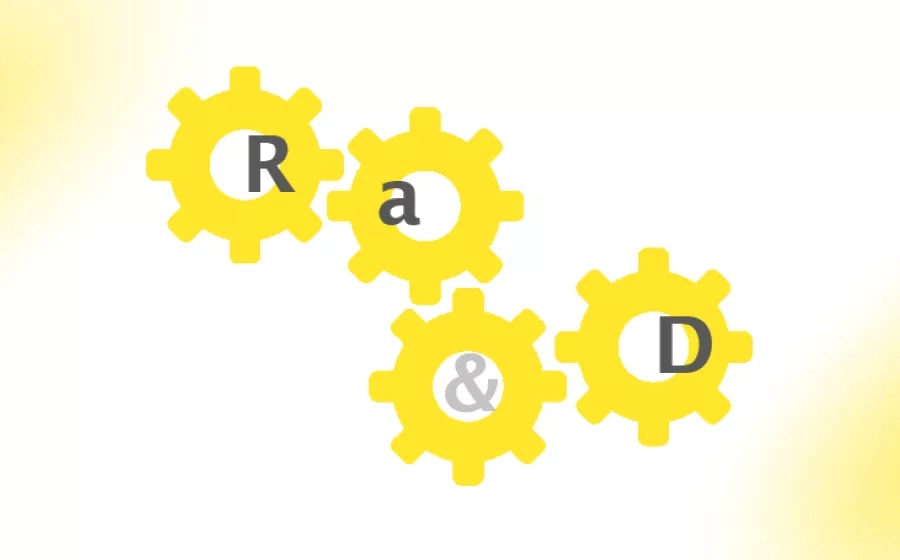High fall prevalence, especially multiple falls, enhances the risk of fractures, independency loss, admission in nursing homes, and reduction in quality of life. Therefore, the identification of easily measurable and targetable fall risk predictors is clinically essential.
Our previous work showed that frontal plane hip strength might be able to compensate for distal neuromuscular deficits in patients with distal symmetric neuropathy (DSP) during gait in challenging circumstances as it did during uni-pedal stance time (UST). The preservation of the ability to increase hip strength in these patients might enable them to compensate the nerve function losses through other bodily functions and, hence, safely maintain mobility and prevent falls.
It is of clinical interest to check if frontal plane hip muscle strength, which decreases with age and which has been shown to be important for balance and secure gait, can differentiate between elderly fallers and elderly non-fallers. If these strength measures will be able to discriminate between elderly fallers and non-fallers, clinicians will not only have a newly additional fall risk parameter, but also obtain crucial information about a directly targetable and trainable parameter.
Therefore we aim in a first step to investigate the repeatability and feasibility of these hip strength measurements and to question clinical and individual burden and acceptance of the suggested tests.




